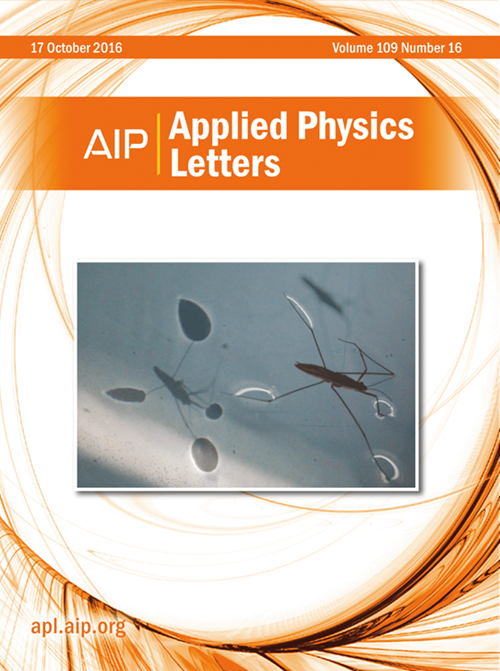Thermal-mechanical perspectives on hydrophilic- and surface-activated-bonding Si/SiC interfaces for SOI's thermal management enhancement
IF 3.5
2区 物理与天体物理
Q2 PHYSICS, APPLIED
引用次数: 0
Abstract
Integrating high thermal conductivity cost-effective SiC to the Si-active-layer film is an effective solution to enhance the thermal performance of silicon-on-insulator (SOI) and maintain its distinct electrical performance. Although direct bonding of Si films to SiC substrates demonstrates many advantages over epitaxial growth, different bonding techniques may yield disparate bonding qualities and heat dissipation abilities. Here, a comparative analysis from thermal-mechanical-structural perspectives of different Si/SiC interfaces, prepared by hydrophilic bonding (HB) and surface-activated bonding (SAB) methods, is systematically conducted. It was found that the amorphous interlayer thickness and thermal boundary resistance (TBR) of the SAB-Si/SiC heterojunction can be significantly modulated by annealing, accompanied by a beneficial decreased TBR at high working temperatures. Moreover, the residual stress within the Si film by SAB is greatly reduced to an order of magnitude lower than that by HB. In general, the SAB-Si/SiC interface exhibits a tunable microstructure, comparably low TBR, and nearly fully relaxed stress, potentially outperforming the HB-Si/SiC interface when considering the comprehensive performance. This work puts forward an important thermal-mechanical perspective to evaluate interface bonding quality for practical applications, and removes a headache barrier toward wafer-scale high-yield integration of Si active layers onto SiC substrates to greatly enhance SOI devices' thermal management.求助全文
约1分钟内获得全文
求助全文
来源期刊

Applied Physics Letters
物理-物理:应用
CiteScore
6.40
自引率
10.00%
发文量
1821
审稿时长
1.6 months
期刊介绍:
Applied Physics Letters (APL) features concise, up-to-date reports on significant new findings in applied physics. Emphasizing rapid dissemination of key data and new physical insights, APL offers prompt publication of new experimental and theoretical papers reporting applications of physics phenomena to all branches of science, engineering, and modern technology.
In addition to regular articles, the journal also publishes invited Fast Track, Perspectives, and in-depth Editorials which report on cutting-edge areas in applied physics.
APL Perspectives are forward-looking invited letters which highlight recent developments or discoveries. Emphasis is placed on very recent developments, potentially disruptive technologies, open questions and possible solutions. They also include a mini-roadmap detailing where the community should direct efforts in order for the phenomena to be viable for application and the challenges associated with meeting that performance threshold. Perspectives are characterized by personal viewpoints and opinions of recognized experts in the field.
Fast Track articles are invited original research articles that report results that are particularly novel and important or provide a significant advancement in an emerging field. Because of the urgency and scientific importance of the work, the peer review process is accelerated. If, during the review process, it becomes apparent that the paper does not meet the Fast Track criterion, it is returned to a normal track.
 求助内容:
求助内容: 应助结果提醒方式:
应助结果提醒方式:


